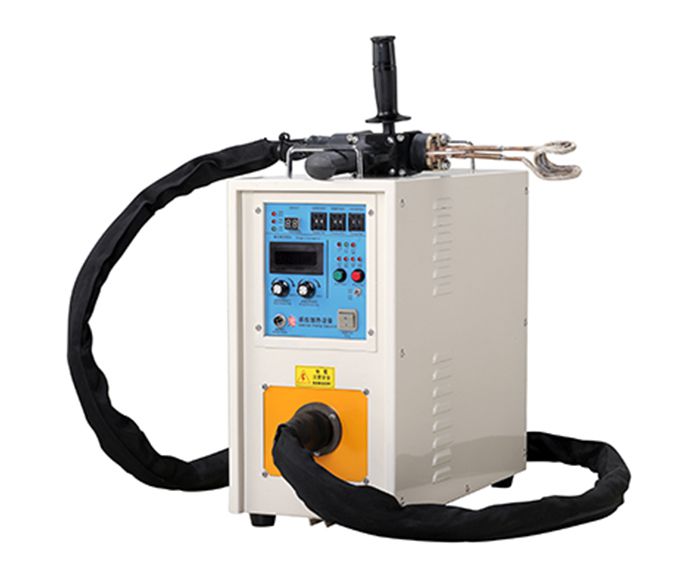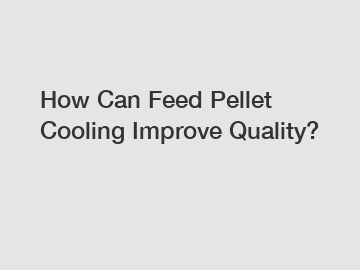A Complete Guide to Induction Forging
Oct. 18, 2024
What is Induction Forging?
Induction forging is a process where metal billets are heated using electromagnetic induction before being shaped in a forging press. The induction heating process uses an electromagnetic field to generate heat directly in the metal, which allows for precise control over temperature. Unlike traditional methods like furnace heating, induction forging is faster and more energy-efficient, making it an ideal solution for manufacturing processes that require high productivity and minimal waste.
How Induction Forging Works
The induction forging process begins with the placement of a metal billet into an induction coil. When an alternating current passes through the coil, it generates an electromagnetic field around the billet. The resistance of the billet to this electromagnetic field generates heat inside the material. Depending on the type of metal and the desired forging temperature, the billet is heated to anywhere from 1,100°C to 1,250°C. Once heated, the billet is transferred to a forging press or hammer for shaping into the desired part.
Advantages of Induction Forging
Induction forging offers several advantages over traditional furnace heating, especially for industries where precision, speed, and energy efficiency are critical. Here are some of the key benefits:
1. Energy Efficiency
Induction forging is significantly more energy-efficient compared to conventional heating methods. Since the heat is generated directly in the material, there is minimal energy loss, reducing overall energy consumption. This efficiency translates into lower operational costs, making it an attractive option for manufacturers looking to optimize their processes.
2. Precise Temperature Control
One of the main advantages of induction forging is its ability to provide precise temperature control. The process allows for targeted heating, ensuring that only the necessary parts of the billet are heated. This precision leads to uniform heating, which is critical for producing high-quality forged parts with consistent material properties.

3. Faster Heating Times
Induction heating is much faster than furnace heating. The process can heat metal billets to forging temperature within minutes, significantly reducing cycle times. This increased speed allows manufacturers to increase production rates without compromising on quality, making induction forging ideal for high-volume production environments.
4. Improved Working Environment
Induction forging systems produce minimal ambient heat, creating a safer and more comfortable working environment for operators. Traditional furnaces can create excessive heat in the workspace, making it uncomfortable and potentially hazardous for workers. Induction heating eliminates this issue, improving overall safety and working conditions.
Common Applications of Induction Forging
Induction forging is used across a variety of industries, including automotive, aerospace, and heavy machinery, to produce strong and durable metal components. Here are some common applications:
Additional reading:Machinery
Automotive Industry
How to Sell Stainless Steel Tanks Effectively?
2024 Guide to Shredded Corrugated Cardboard Uses
The Advantages of Implementing Solar Panel Technology
Does Lump Charcoal Burn Longer? Unlock the Secrets!
Top Strapping Machines for Small Packages Reviewed
Top 5 Benefits of Using an Excavator Rake Bucket Today!
In the automotive sector, induction forging is commonly used to produce parts like crankshafts, camshafts, and gears. These components must be extremely durable and able to withstand high-stress environments, making induction forging the ideal process to achieve the required material properties.
Aerospace Industry
Induction forging is also used in the aerospace industry to produce high-strength parts such as turbine blades, landing gear components, and engine components. The process ensures that these critical parts maintain their structural integrity under extreme conditions.
Heavy Machinery
For manufacturers of heavy equipment, induction forging is used to create parts such as axles, drive shafts, and other large components. These parts must be able to handle heavy loads and tough environments, and induction forging ensures that they meet the required specifications for strength and durability.
Factors to Consider When Choosing an Induction Forging Machine
When selecting an induction forging machine, several factors must be considered to ensure that the machine meets the specific needs of your manufacturing process:
1. Power and Frequency
The power and frequency of the induction forging machine determine its heating capacity and the types of materials it can process. Low-frequency machines are ideal for heating large components, while high-frequency machines are better suited for smaller parts that require shallow heating depths.
2. Heating Efficiency
The heating efficiency of the machine directly impacts production speed and energy consumption. Look for a machine that offers high efficiency, ensuring that it can heat the material quickly and uniformly.
3. Integration with Automation
For high-volume production environments, it is important to consider whether the induction forging machine can be integrated with automated systems. Automation improves efficiency and reduces the need for manual labor, making it easier to manage large-scale production processes.
Conclusion
Induction forging is a versatile and efficient process for producing high-quality metal parts in a wide range of industries. By leveraging the benefits of precise temperature control, faster heating times, and improved energy efficiency, manufacturers can optimize their production processes while maintaining the highest standards of quality and durability. When choosing an induction forging machine, it is important to consider factors like power, frequency, and integration with automation to ensure that it meets your specific manufacturing requirements.
Additional reading:How Does How To Create Furniture From Reclaimed Wood Work?
4 Tips to Select an Automatic Bundling Machine
How Does a Solar Panel Installation Work?
4 Tips for Choosing a Mobile Strapping Dispenser
How to Choose Feed Processing Line Equipment?
Calcium Silicate Board Production Line: Cost vs Quality Explained
How Often Should You Inspect Your Strapping Machine?
25
0
0
None
None


Comments
All Comments (0)